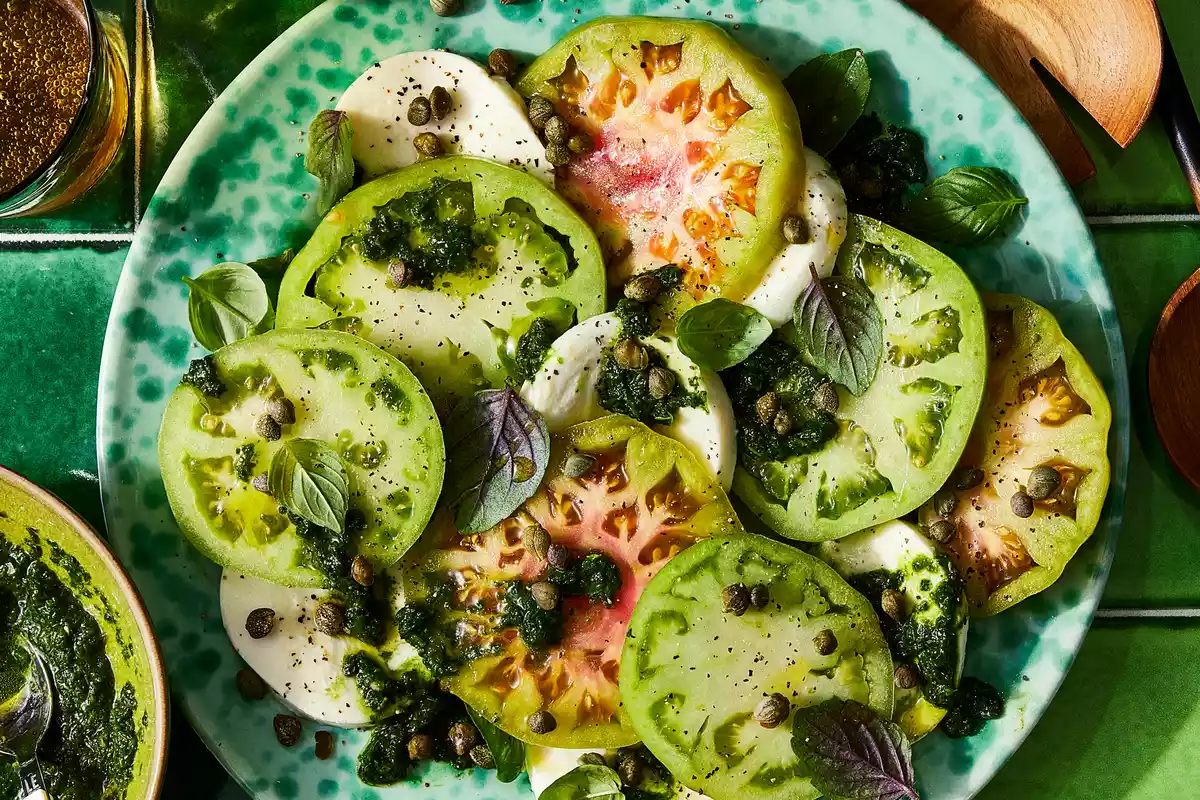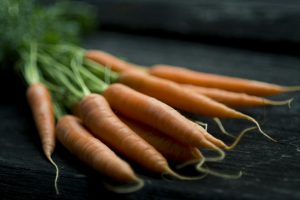Idli is a beloved South Indian breakfast dish that has gained popularity all over the world. These soft and fluffy steamed rice cakes are not only delicious but also a healthy choice for breakfast or any time of the day. Made from a fermented batter of rice and lentils, idlis are not only a treat for your taste buds but also provide a host of health benefits.
The Importance of Merging Flavor and Health
In today’s fast-paced world, it’s easy to prioritize convenience over nutrition. However, it’s crucial to remember that our food choices directly impact our overall well-being. By making conscious decisions to incorporate health-conscious ingredients into our meals, we can achieve a balanced lifestyle without compromising on taste.
Idlis are a perfect example of merging flavor and health. The combination of rice and lentils in the batter provides a good balance of carbohydrates and protein. Additionally, the fermentation process enhances the nutritional value of idlis by increasing the bioavailability of nutrients and promoting the growth of beneficial bacteria in the gut.
The Nutritional Value of Idlis
Idlis are low in fat and cholesterol, making them a heart-healthy choice. They are also a rich source of complex carbohydrates, which provide a steady release of energy and keep you feeling full for longer. The fermentation process increases the levels of B vitamins, making idlis a good source of these essential nutrients.
Idlis are gluten-free and easily digestible, making them suitable for individuals with gluten sensitivities or digestive issues. The combination of rice and lentils also provides a complete protein profile, making idlis a great choice for vegetarians and vegans.
Homemade Idli Batter Recipe
Ingredients:
- 2 cups idli rice or idli rava (coarsely ground idli rice)
- 1 cup urad dal (husked black gram)
- 1 teaspoon fenugreek seeds (optional)
- Water, as needed
- Salt, to taste
Equipment:
- Grinder (stone grinder or mixer-grinder)
- Idli steamer or idli plates
- Mixing bowl
- Spoon or ladle
Instructions:
- Rinse the idli rice or idli rava in water until the water runs clear. Soak it in water for 4-6 hours. If using idli rava, soak it for only 2-3 hours.
- Rinse the urad dal and fenugreek seeds (if using) in water until the water runs clear. Soak it in water for 4-6 hours.
- Drain the water from the rice or idli rava and grind it to a smooth batter using a grinder. Add water gradually as needed to achieve the right consistency. The batter should be thick but pourable.
- Transfer the rice batter to a large mixing bowl.
- Drain the water from the urad dal and fenugreek seeds (if using) and grind them to a smooth batter using a grinder. Add water gradually as needed to achieve the right consistency. The batter should be fluffy and light.
- Transfer the urad dal batter to the mixing bowl with the rice batter.
- Add salt to taste and mix the two batters together using a spoon or ladle. Mix well to ensure the batter is well combined.
- Cover the bowl with a clean kitchen towel or plastic wrap and let it ferment in a warm place for 8-10 hours or overnight. The batter should double in volume and develop a slightly sour aroma.
- Once the batter has fermented, give it a gentle stir. The batter is now ready to make idlis.
Tips for Soft and Fluffy Idlis:
- Use a stone grinder or mixer-grinder to grind the batter. This ensures a smooth texture and proper fermentation.
- Proper fermentation is key to soft and fluffy idlis. Keep the batter in a warm place, such as near a warm stove or in a turned-off oven with the light on.
- If you live in a cold climate, you can preheat the oven to the lowest temperature for a few minutes and then turn it off. Place the batter in the preheated but turned-off oven for fermentation.
- Adding a pinch of sugar to the batter before fermentation can help speed up the fermentation process.
- Adjust the fermentation time based on the climate and temperature. In warmer climates, fermentation may take less time, while in colder climates, it may take longer.
Serving Suggestions:
- Serve idlis hot with coconut chutney and sambar for a traditional South Indian breakfast.
- You can also serve idlis with a variety of chutneys like tomato chutney, mint chutney, or coriander chutney.
- Leftover idlis can be transformed into delicious snacks or meals. You can make idli upma by sautéing crumbled idlis with onions, tomatoes, and spices. You can also make idli fry by shallow frying the idlis until golden brown and crispy.
Health Benefits of Key Ingredients:
- Rice: Provides energy, dietary fiber, and essential minerals.
- Urad Dal: Rich in protein, dietary fiber, and essential minerals like iron and potassium.
- Fenugreek Seeds: Aid digestion, help regulate blood sugar levels, and have anti-inflammatory properties.
- Coconut: Contains healthy fats, vitamins, and minerals. It also has antimicrobial properties.
Interesting Fact:
Did you know that idlis are believed to have originated in the present-day state of Tamil Nadu in South India? They have been a staple breakfast in the region for centuries and have now gained popularity worldwide.
Conclusion
Cooking is not just about nourishing our bodies; it’s also about delighting our taste buds and exploring new flavors. By choosing recipes that merge delicious flavors with health-conscious choices, we can create dishes that not only satisfy our cravings but also contribute to our overall well-being.
The idli recipe showcased in this article is a perfect example of this harmony between taste and health. By using homemade idli batter made from rice and lentils, you can enjoy soft, fluffy, and nutritious idlis that are packed with essential nutrients. The fermentation process not only enhances the flavor but also increases the nutritional value of the idlis.
So, why not embark on a culinary adventure and try making idlis at home? With the detailed instructions, tips, and variations provided in this article, you’ll be able to create idlis that are not only delicious but also contribute to a balanced and healthy lifestyle. Happy cooking!













